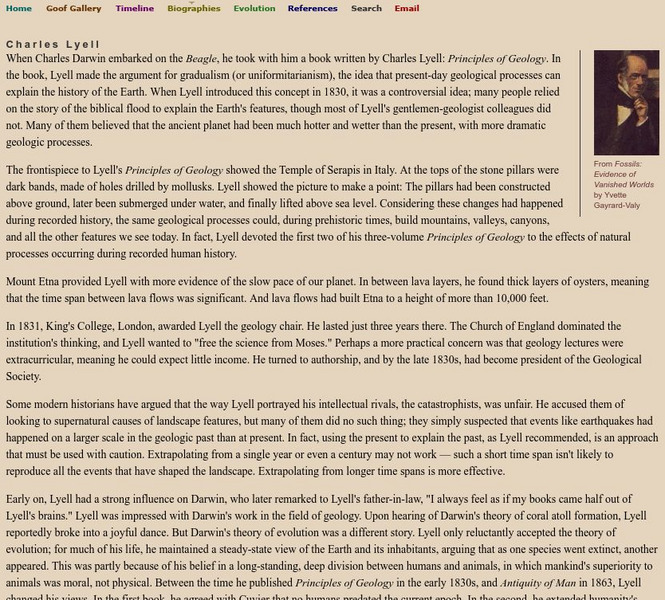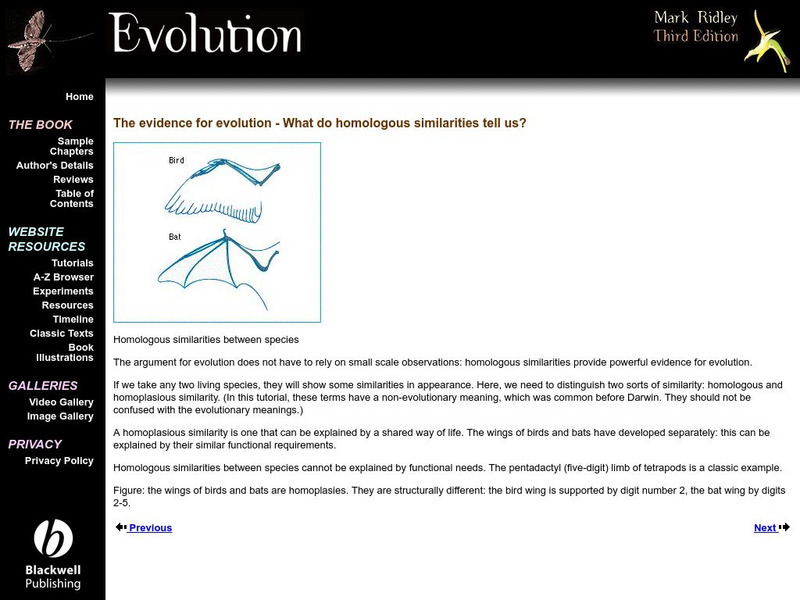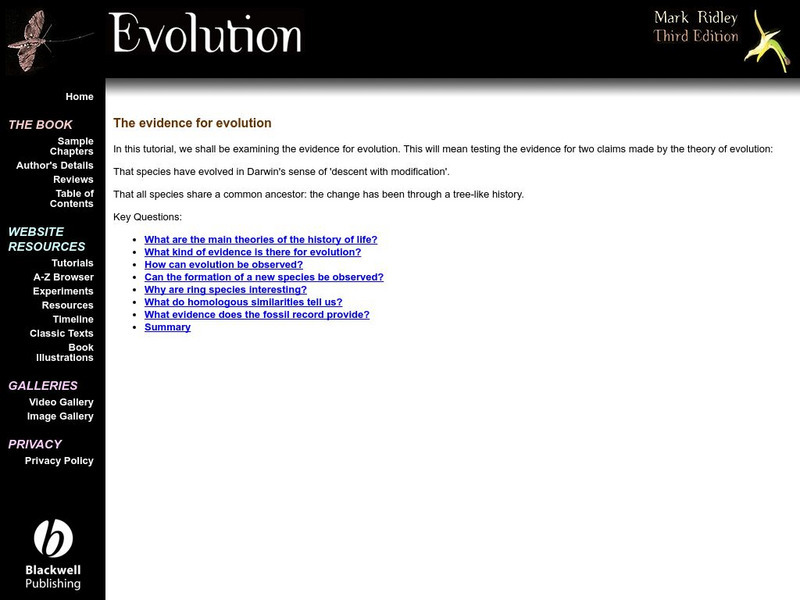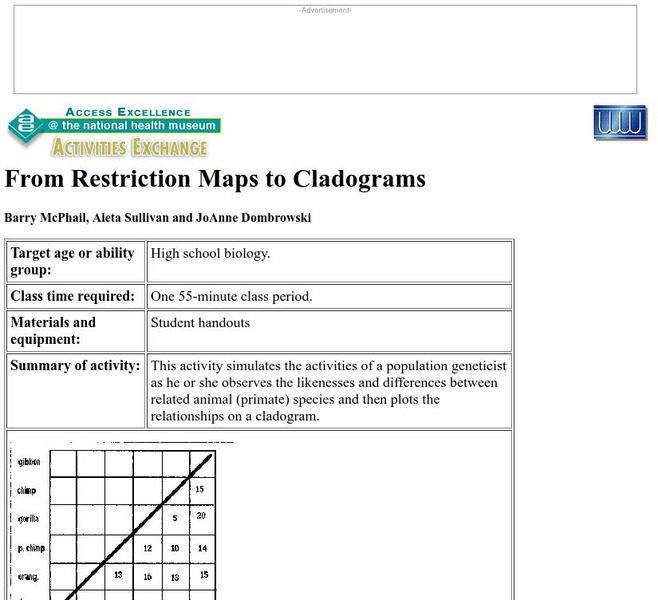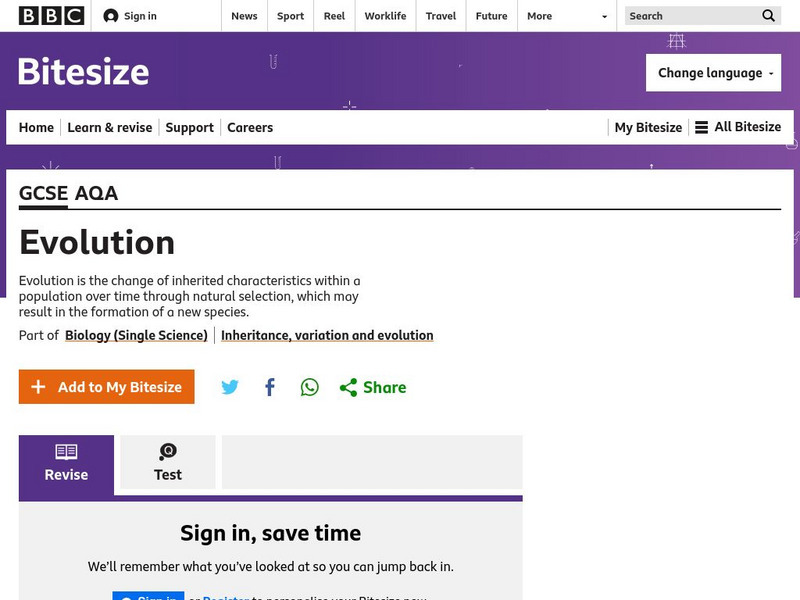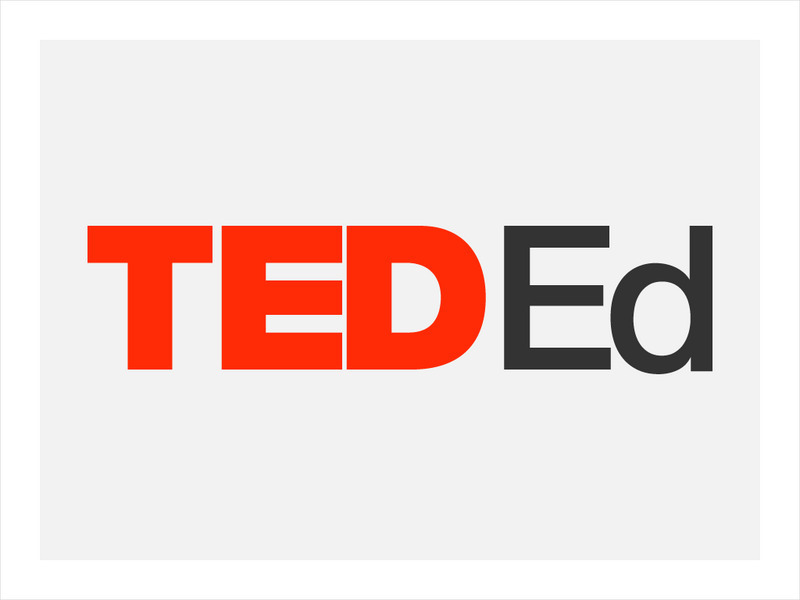Soft Schools
Soft Schools: Evolution Quiz Ii
Take an interactive quiz over evolution. After completing the quiz, check your score, and then revisit any incorrect question for further review.
Smithsonian Institution
National Museum of Natural History: Homo Habilis
This resource provides graphics, as well as explanation, of the remains of Homo habilis.
University of California
University of California Museum of Paleontology: Homologies
These pages are from the Understanding Evolution website for teachers. They focus on homologous structures that organisms with common ancestors share.
Other
Strange Science: Charles Lyell
A brief description of Charles Lyell and his work "The Principles of Geology" which includes the concept of uniformitarianism. A description of his views on evolution and a comparison to Charles Darwin.
Talk Origins Archive
Talk Origins Archive: Random Genetic Drift
Laurence Moran discusses one of the most important mechanisms of evolution, Random Genetic Drift.
New York University
Nyu: Darwin's Evidence for Evolution: Embryology
Concise description of embryology as evidence for evolution, as used by Darwin.
PBS
Pbs: Biogeography Polar Bears and Penguins
From the Evidence for Evolution Library at PBS, this is a short article about biogeography. The distribution of animals is one source of evidence for Darwin's descent with modification.
Other
The Evidence for Evolution: Homologous Similarities
This site is a section part of a website that accompanies "Evolution," a textbook by Mark Ridley. Here he covers homologous structures, using them as evidence for evolution.
Other
The Evidence for Evolution
These pages are part of a site called "Evolution," that accompanies a textbook by the same name. Mark Ridley is the author, and in this section he discusses the evidence for evolution.
Other
Evidence for Evolution: Formation of New Species
These pages are part of a site called Evolution that accompanies a textbook by the same name. Mark Ridley is the author. These pages offer an explanation of speciation using reproductive isolation and differences in phenotype.
National Health Museum
Access Excellence: Making a Phylogenetic Tree Lesson Plan
Constructing phylogenetic trees may be a daunting task for students, but this lesson plan is a simulation of what molecular biologists must do to determine relationships. This plan is for students who have a good grasp of DNA structure...
Bryn Mawr College
Bryn Mawr College: Evolution by Natural Selection
Students develop their understanding of natural selection by analyzing specific examples and carrying out a simulation.
Other
Viral Zone: Viral Genome Evolution
Viral genomes are the fastest evolving entities in biology, mainly because of their short replication time and the large quantity of offspring released per cell infected. Evolution occurs by several mechanisms: Random mutation,...
BBC
Bbc: Gcse Bitesize: Evolution Aqa
Evolution is the change of inherited characteristics within a population over time through natural selection, which may result in the formation of a new species. Fossils provide a record of organisms that lived a long time ago. They also...
National Health Museum
Nhm: Restriction Maps to Cladograms Lesson
This lesson plan requires students to analyze DNA restriction maps to determine the differences in the sequence for several primates and humans. They then use the information to create a cladogram.
BBC
Bbc: Gcse Bitesize: Evolution
Evolution is the change of inherited characteristics within a population over time through natural selection, which may result in the formation of a new species.
BBC
Bbc: Gcse Bitesize: Natural Selection and Evolution
Darwin's theory of evolution explains how species of living things have changed over geological time in order to survive in the changing environment. A link to a test is provided.
Khan Academy
Khan Academy: Genetic Drift
Find out how evolution happens due to chance events. Explore the bottleneck effect and founder effect.
BiologyWise
Biology Wise: Human Evolution: History, Timeline, Future Predictions
The history of human evolution is described, from the first aquatic animals that developed the ability to walk on land and the pivotal organisms from then up to the present day. The author then goes on to make interesting predictions...
BiologyWise
Biology Wise: Convergent Evolution vs. Divergent Evolution
Divergent and convergent evolution are explained and their differences are highlighted.
TED Talks
Ted: Ted Ed: Why Are We the Only Humans Left?
Just 50,000-100,000 years ago, Earth was home to three or four separate human species, including our most famous cousins: the Neanderthals. New research has shown that Neanderthals were not the brutish, unintelligent cavemen that...
The History Cat
The History Cat: Charles Darwin & the Theory of Evolution
Outlines the events of Charles Darwin's own evolution into a scientist and how he developed his Theory of Evolution. Also discusses the immense resistance to his ideas that he faced from all fronts. Even today, many people refuse to...
American Institute of Biological Sciences
Action Bioscience: Climate Change and Speciation of Mammals
An interview defining the correlation between climate change and speciation. Resources for support and for educators are offered.
CK-12 Foundation
Ck 12: Biology: Theory of Evolution by Natural Selection
[Free Registration/Login may be required to access all resource tools.] Overview of the basic concepts behind evolution.



